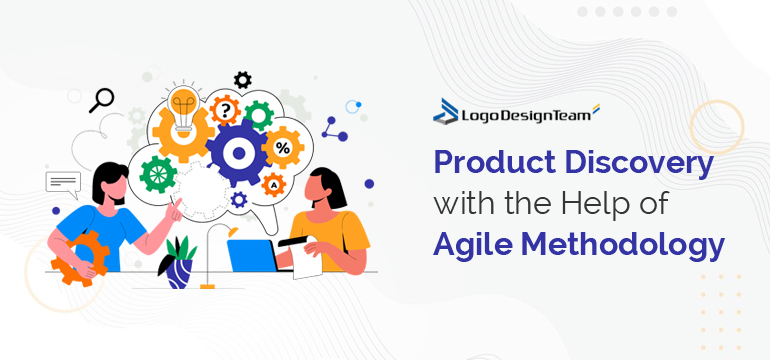One of the most crucial preliminary stages that take place before a project begins is product discovery. In this phase, the product team does market research, pinpoints issues that need to be resolved and looks into potential fixes. A team runs the danger of creating a worthless product, disappointing the customers, wasting time or money, and missing out on chances if they don’t do thorough research. Regrettably, a lot of businesses undervalue the discovery and would rather invest their resources in the delivery phase.
The Evolution of Product Discovery
In response to the then-standard practice of a sometimes years-long, requirements-steeped product development process, product discovery emerged in the early 2000s.
The Agile Manifesto, which was published in 2001, offered a much-needed substitute for documentation-driven, slow, and sometimes inaccurate product development. Because it pushed product teams to innovate in much smaller batch sizes, the agile methodology was groundbreaking. In the end, this taught them how to create goods that users might subsequently use. Product teams were prompted to pose a daring new question at this time: What do consumers genuinely want? UX design and design thinking were starting to gain traction at this point, focusing product development on customers rather than internal business stakeholders.
The foundation of the product discovery process is this customer-centric approach to product creation.

Agile Principles in Product Discovery
Before devoting substantial development resources to a project, teams must first investigate issues, spot possibilities, and verify solutions during the critical product discovery phase of the lifecycle. After running out of money, CB Insights found that the second most frequent cause of startup failure was not seeing a demand for the product. Agile values are essential for directing efficient product discovery because they promote a customer-focused, flexible, and collaborative culture.
Iterative Prototyping
Agile embraces an iterative approach to product development, emphasizing rapid prototyping and continuous feedback. In product discovery, this translates to creating low-fidelity prototypes early on to test assumptions, gather user input, and refine solutions. This iterative cycle allows teams to learn quickly, adapt to changing requirements, and avoid costly mistakes later in the development process.
Collaborative Cross-Functional Teams
Product discovery benefits from the diverse perspectives and expertise of cross-functional teams. Agile encourages collaboration and knowledge sharing among designers, developers, product managers, and other stakeholders. By working together, teams can identify problems from different angles, brainstorm creative solutions, and make informed decisions based on shared insights.
Customer-Centric Approach
Agile places a strong emphasis on customer involvement throughout the product development process. In product discovery, this means actively engaging with customers to understand their needs, pain points, and expectations. Teams can conduct user interviews, observe user behavior, and gather feedback through surveys and prototype testing. By prioritizing customer insights, teams ensure that the solutions they develop are genuinely valuable and relevant to users.
Tools and Technologies Shaping Agile Product Discovery
Within the dynamic field of Agile product discovery, tools, and technology are essential for forming effective processes and improving teamwork. Now let’s examine the essential tools that constitute the technology framework of Agile product discovery:
Prototyping Tools Revolutionizing Agile Workflows
Figma. As a collective design powerhouse, Figma has come of age. Teams may easily construct and iterate prototypes using its real-time collaboration capabilities, which promotes a dynamic and effective design process.
InVision. Static designs are converted into interactive prototypes using InVision. It simplifies the prototype process with tools like version control and user testing, allowing teams to quickly iterate and acquire insightful data.
Advanced Analytics in Product Discovery
Mixpanel provides insights into user activity in addition to standard statistics. Agile teams make data-driven choices throughout the discovery phase by using their superior analytics to comprehend how consumers engage with the product.
Google Analytics for Firebase. Google Analytics for Firebase offers comprehensive statistics on user engagement, retention, and journeys and is specifically designed for mobile applications. This tool is used by agile teams to improve features based on real-time data.
Collaboration Software for Agile Development Teams
Jira. For Agile teams, Jira is the preferred project management application. Throughout the development cycle, its strong features—such as sprint planning and backlog management—enable smooth cooperation and transparency.
Slack. Agile teams rely heavily on communication, and Slack makes sure that ideas are exchanged in an orderly and timely manner. A primary center for team collaboration is created using channels, direct messaging, and tool integrations.
Conclusion
Successful goods in today’s dynamic and quickly evolving business environment are those that meet the demands of their target market. Agile Product Discovery offers a way to be creative without sacrificing the goal of giving people actual value. It reduces development risks and aids in refining the product concept. By placing the end-users at the center of the development process, it empowers the team and provides a path to customer-centric success.




